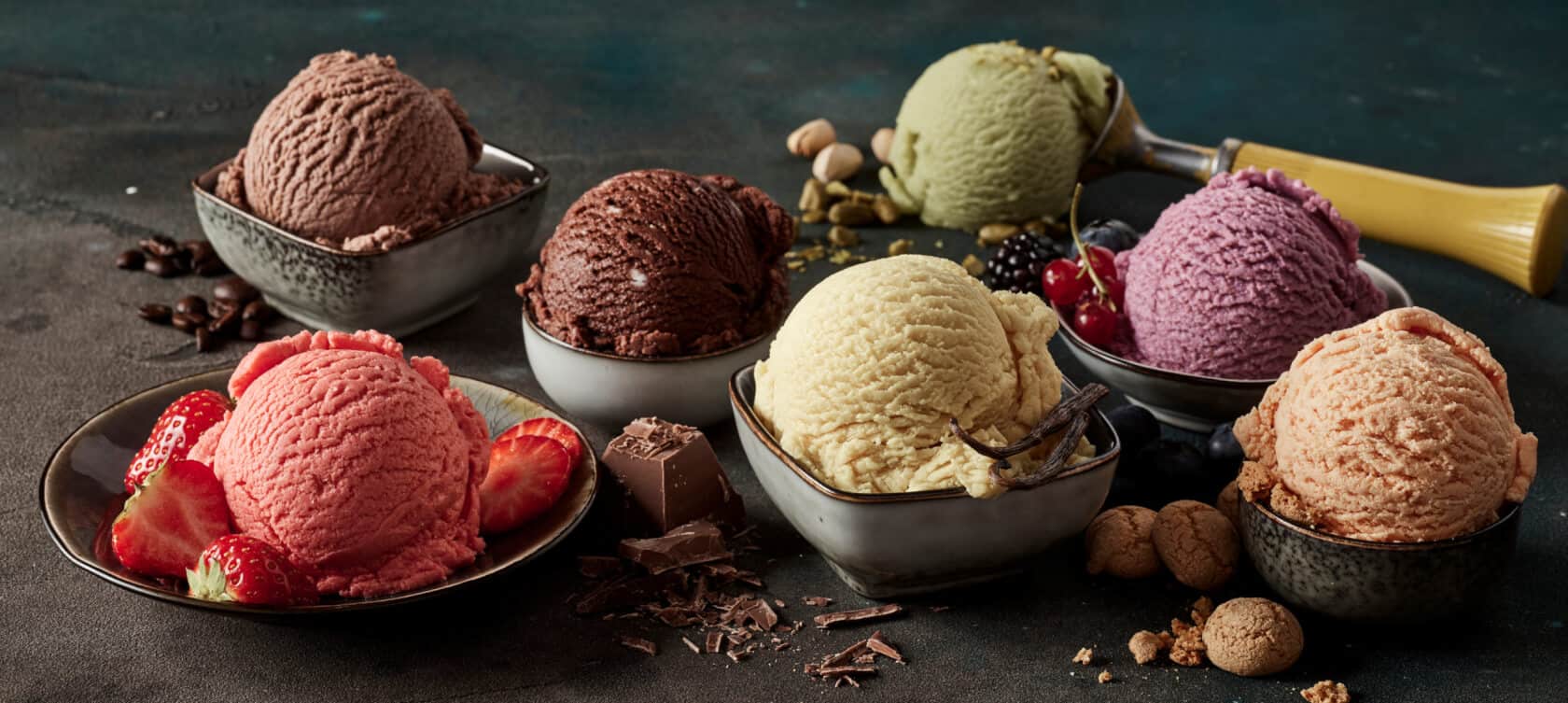Hot summer days, time to get an ice cream. Or are we doing it all wrong? Here's something on why eating ice cream is good all year round.
An acquaintance who’s in his 30s chucked his job as an IT engineer in 2017, went away to Salerno in Italy and returned a good five months later, well versed in the art of making gelato after he’d undergone training at a gelateria.
Upon returning he set up shop and sold a couple of hundred scoops each day during the season.
He smiles much more than he did while working at the largish organisation that develops software for the banking industry.
It seems to be happiness giving work. Have you ever met a grumpy ice cream seller?
Long before the invention of freezers, ice desserts had already been invented.
Centuries before the birth of Christ, the well off were the ones to have access to these delights. It’s not known who actually created sorbets and ice creams.
Some have attributed it to the Roman emperor Nero who had snow brought from the mountains to be mixed with wine and other flavours, others say it was the Persians and yet others claim it was the Greeks or even the Mongols and perhaps the Chinese.
One thing is almost surely established via paintings that depict what looks like snow mixed with colours and flavours, being served.
Who Eats The Most?
The French may express their indignation at being informed that it may have been the Italians who brought sorbets to France.
Be all that as it may, frozen desserts have been enjoyed for millennia and remain the most sold dessert and well within reach of most people. Ice cream is prepared in different forms and offered under different names depending on the country but for the most part it’s known as ice cream.
Surprisingly it’s not the Americans who consume the most on a per capita basis. It’s the New Zealanders right there at the top with a consumption of 28.4 litres per person every year followed by the Americans at 20.8 litres and then come other countries including the UK at seven litres per capita.
It is said 90% of Americans and New Zealanders always keep ice cream in their freezers.
What’s The Scoop?
Vanilla which is the most popular flavour in the world was at one time a rare commodity and the most expensive additive to ice creams making the end product super premium.
It was only later that this crop, which belongs to the orchid family and is native to Mexico, came to be grown across most tropical countries and today it’s Madagascar and Indonesia that are the largest producers.
The other flavours that find favour with the consumers are chocolate, coconut, strawberry, banana and many others.
And then there are some shocking ones which are not only expensive but trendy. You may find these quite interesting and may even want to try some of them. So here they are : Pear and blue cheese, black pepper, bourbon and cornflakes, fig and turkey, bacon, lobster, and tomato.
Not just these, it’s the Japanese that take the cake with their innovations. Ever tried ice cream prepared with squid ink, miso, seaweed, soy sauce, purple sweet potato, wasabi, buckwheat tea and bitter melon?
While most of us are satisfied with a couple of scoops costing a euro or two or maybe three, reportedly the world’s most expensive ice cream is sold in Dubai by a cafe called Scoopi for an equivalent of a colossal 800 dollars a scoop.
It’s said to contain vanilla from Madagascar, saffron from Iran, black truffle from Italy and a 23 karat gold leaf on top. They are said to call it the Black Diamond ice cream and serve it in a Versace bowl which you get to take with you.
Well this one certainly sounds like I Scream. Give me a regular ice cream any day.
From ice cream to wine
Support us!
All your donations will be used to pay the magazine’s journalists and to support the ongoing costs of maintaining the site.
Share this post
Interested in co-operating with us?
We are open to co-operation from writers and businesses alike. You can reach us on our email at [email protected]/[email protected] and we will get back to you as quick as we can.










